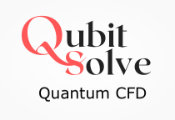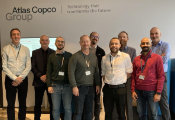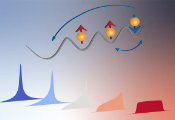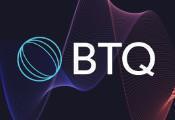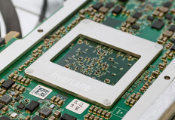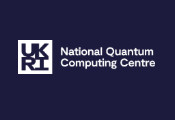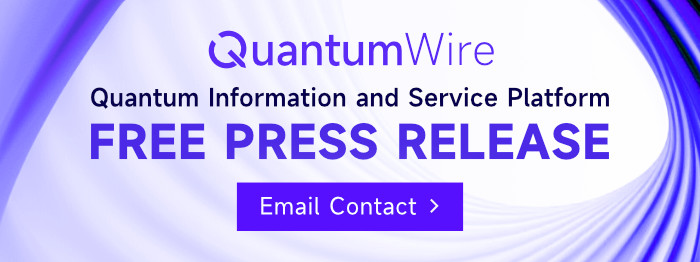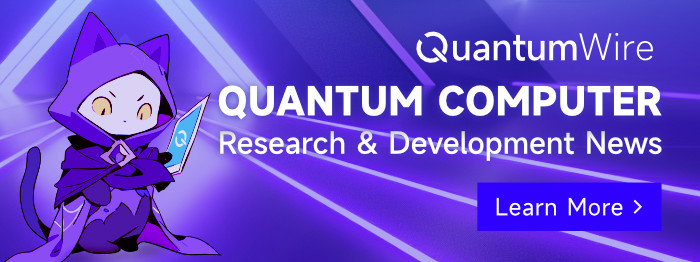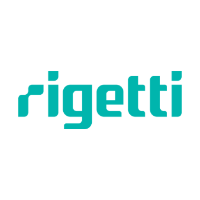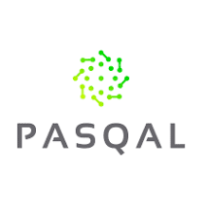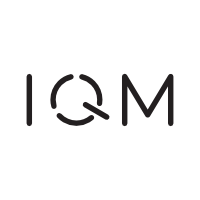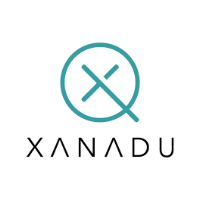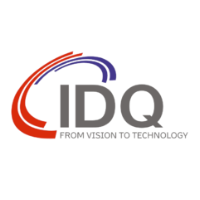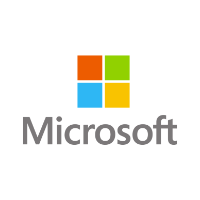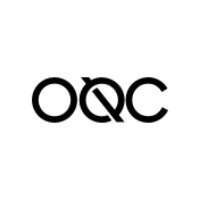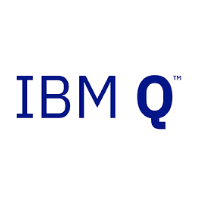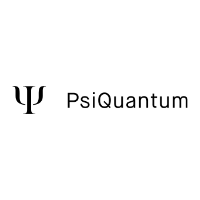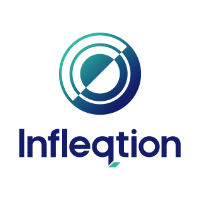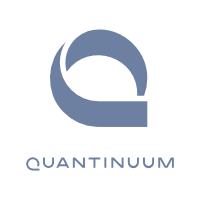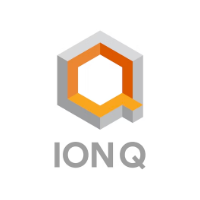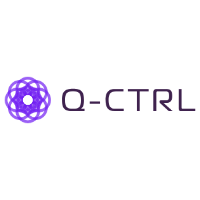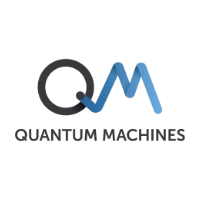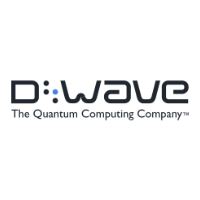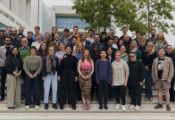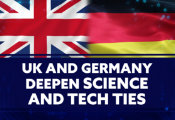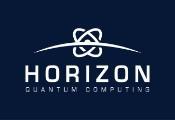Quantum Communication: Opportunities, Challenges and Areas of Application
June 23 2025 -- Quantum computers will increasingly threaten the security of traditional encryption methods in the future. Quantum-secure options such as PQC (post-quantum cryptography) and QKD (quantum key distribution) offer ways to future-proof communication, especially in security-critical areas such as public administration, defense, and healthcare. A study coordinated by Fraunhofer ISI as part of the umbrella project Quantum Communication Germany (SQuaD) highlights the framework conditions, challenges, and promising application sectors for QKD—as well as potential that goes beyond QKD.
High-performance quantum computers could be capable of cracking today's widely used encryption technologies as early as in the 2030s. This poses significant security risks, especially for the communication of confidential data. Quantum key distribution (QKD) and post-quantum cryptography (PQC) offer quantum-secure options for transmitting highly confidential information. QKD also offers the potential for long-term security.
In this context, the study “Application Perspectives in Quantum Communication,” which was conducted by Fraunhofer ISI, HHI, IOF, and DIN e.V. as part of the Quantum Communication Germany (SQuaD) umbrella project funded by the German Federal Ministry of Defense, Technology, and Space (BMFTR), examines the potential of and challenges facing QKD. The study identifies specific areas of application and analyzes the technical prerequisites, regulatory requirements, and economic contexts with a particular focus on QKD in Germany and Europe. It is based on comprehensive literature research and interviews with experts.
Challenges facing the widespread use of QKD
A key finding of the study is that, despite its promising properties, QKD still faces a number of challenges before a broad market launch is possible: For example, fiber-based QKD is currently limited to distances of around 100 kilometers, although this could be increased through the use of trusted nodes—which, however, could introduce new security risks. In the future, quantum repeaters could also play an important role in this regard, as they promise longer ranges with the same security profile. Other hurdles include the insufficient stability and robustness of many QKD systems, vulnerabilities to external attacks that need to be closed, challenges in integrating the technology into existing IT infrastructures, and high costs. The lack of industry standards or certified and approved QKD systems is also impeding their roll out as it prevents their use in highly regulated areas such as public administration.
Dr. Thomas Schmaltz, head of the Industrial Technologies business unit at Fraunhofer ISI, emphasizes that other factors are also important here in addition to the technical challenges: "Quantum key distribution could become an important component of future IT security architecture, especially for security-sensitive applications. However, in order to fully exploit its potential, targeted efforts are needed to expand existing IT infrastructures and systems for quantum communication and to raise awareness of threats and acceptance in the relevant user industries. Aspects such as standardization and certification or approval also play a decisive role."
What are potential application sectors?
The study sees great potential for the use of QKD in security-critical sectors such as public administration and the defense sector, where particularly sensitive and strategic data is processed. However, due to limited technological maturity and a lack of approved and certified products, widespread adoption is not expected before 2030. The banking and finance sector also has very high cybersecurity as well as customer and financial data protection requirements, but despite the financial resources available, the sector is often rather cautious about introducing new technology. In the medical sector, the protection of sensitive patient data is crucial, but limited budgets are hindering rapid introduction. There are similar hurdles in the sector of utility provider like energy or water supply, where QKD could secure sensitive communication. The need for secure communication also plays an important role in industry, not least because of the increased risk of industrial espionage and hacker attacks. However, QKD is likely to be less important in industry than in other sectors, which limits its short- and medium-term potential. In the medium to long term, however, all these sectors could represent important markets for QKD.
The study also looks at other, as yet less developed cryptographic applications of quantum communication, such as quantum secret sharing, “blind” quantum computing, and concepts such as quantum money and quantum coin tossing. These could open up new areas of application in the long term if fundamental physical and technological challenges are overcome.
Considerable efforts required in politics, research, and industry
The successful introduction of QKD and related technologies, as well as ensuring technological sovereignty in Europe in the field of quantum communication, will require considerable efforts in politics, research, and industry, targeted investments in research and development, continued strong activities in standardization and certification, an expansion of fiber optic networks, and clear regulatory guidelines. This is the only way to unlock the long-term potential of secure and resilient quantum communication.

